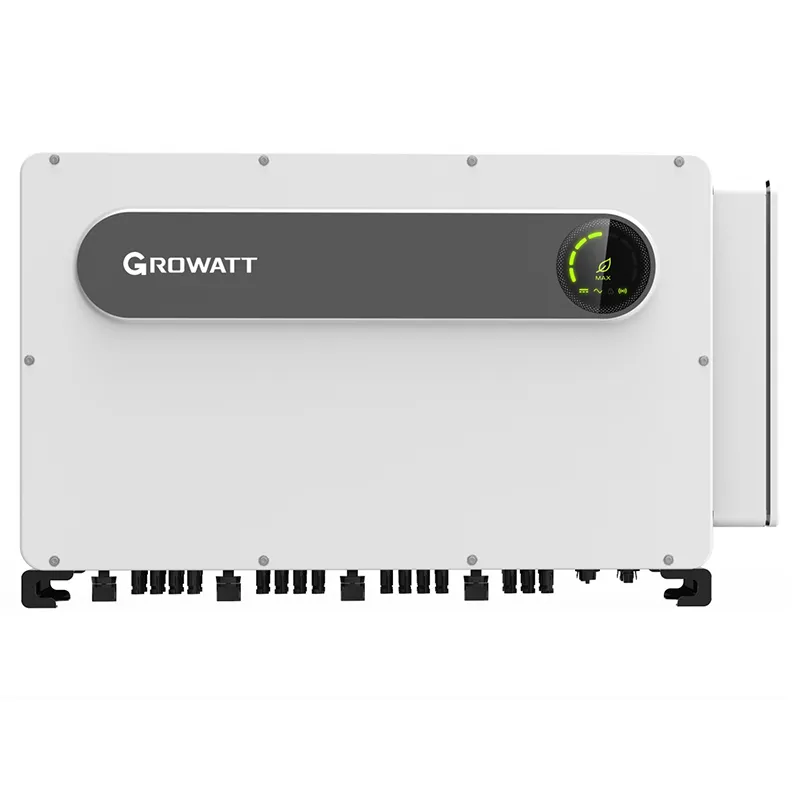efficiency of mono and polycrystalline solar panels
Efficiency of Mono and Polycrystalline Solar Panels
Solar energy has emerged as a leading renewable energy source, providing a sustainable solution to meet growing global energy demands. Among the most widely used technologies for harnessing solar energy are mono and polycrystalline solar panels. Understanding the efficiency differences between these two types of solar panels is crucial for consumers, investors, and environmental advocates seeking the most effective solar solutions.
Mono-crystalline solar panels, made from a single continuous crystal structure, are renowned for their high efficiency rates, typically ranging between 15% to 22%. This is primarily due to the purity of the silicon used in their production, allowing for better electron flow and energy conversion. A significant advantage of these panels is their excellent performance in low-light conditions, making them ideal for diverse geographical locations and weather patterns. Furthermore, they occupy less space compared to polycrystalline panels due to their higher efficiency, which is a significant consideration in urban settings where real estate is at a premium.
On the other hand, polycrystalline solar panels are made from multiple crystal structures and have efficiency rates ranging from 13% to 18%. While these panels are generally less efficient than their mono-crystalline counterparts, they come with their own set of advantages. Polycrystalline panels are typically more affordable due to a simpler manufacturing process. The reduced cost makes them an attractive option for residential installations where budget constraints are a consideration.
efficiency of mono and polycrystalline solar panels

One key aspect to consider is the temperature coefficient, which measures how much a solar panel's efficiency decreases with rising temperatures. Mono-crystalline panels tend to perform better under high temperatures compared to polycrystalline panels, which can lose efficiency more rapidly in such conditions. This characteristic is particularly relevant for regions prone to high temperatures, emphasizing the importance of placing the right type of panel in suitable environments.
Additionally, the aesthetic aspect of solar panels cannot be overlooked. Mono-crystalline panels are generally sleek and black, offering an appealing aesthetic that many homeowners prefer. In contrast, polycrystalline panels are blue and have a speckled appearance, which some may find less visually appealing. This can influence purchasing decisions, especially in residential applications where homeowners want their solar installation to blend with the overall architecture.
However, while efficiency is a critical factor, it is not the only consideration when selecting solar panels. Factors such as durability, warranty, aesthetic appeal, and local solar incentives also play significant roles in the decision-making process. Furthermore, advancements in solar technology are continually being made, leading to the development of more efficient and cost-effective panels, regardless of whether they are mono or polycrystalline.
In conclusion, both mono and polycrystalline solar panels present unique advantages and disadvantages. Mono-crystalline panels, with their higher efficiency and better performance in low-light conditions, are suitable for space-constrained or high-temperature environments. Meanwhile, polycrystalline panels offer a cost-effective alternative with decent performance, ideal for larger installations where space is less of a concern. Ultimately, the choice between mono and polycrystalline solar panels depends on individual circumstances, preferences, and specific energy needs, making it essential to weigh all factors carefully before making a decision.
-
Understanding the Advantages of Solar String Inverters for Your Energy SystemNewsApr.29,2025
-
Choosing the Right PV Inverter: A Comprehensive GuideNewsApr.29,2025
-
The Future of Solar Power: Exploring Bifacial Solar PanelsNewsApr.29,2025
-
The Complete Guide to Solar Panels: Efficiency, Cost, And InstallationNewsApr.29,2025
-
The Best Options for Efficiency and Cost-EffectivenessNewsApr.29,2025
-
Harnessing the Power of Off-Grid Solar Inverters for Energy IndependenceNewsApr.29,2025







